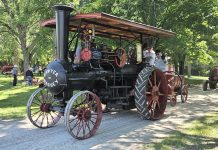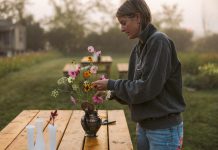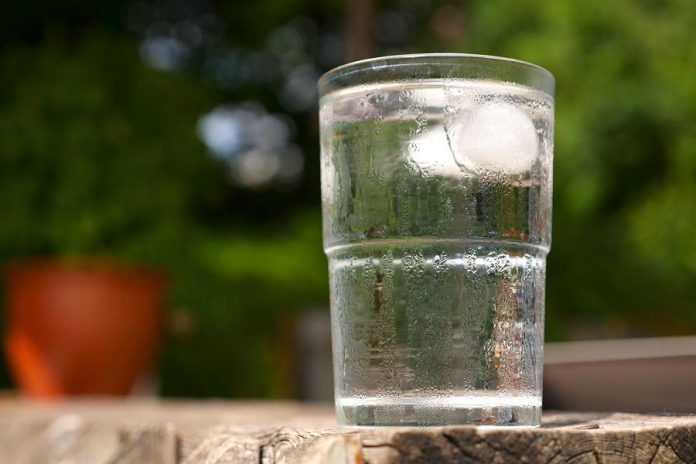
This is the final article in our three-part series on water conservation during droughts.
The first two discussed ways we can help limit our water use inside the house and outside the house during dry spells.
Another vitally important aspect in our preservation and conservation of this resource is the treatment process — the topic of our final instalment.
With daytime temperatures recently soaring into the mid-30s, one of the recommendations for staying healthy in this heat is to drink lots of water, even before you are thirsty. Since the human body is composed of 50 to 60 per cent water, staying hydrated is important to keep one’s brain, blood, and skin functioning properly.
Here in the City of Peterborough, the water treatment plant provides us with reliable, safe, high-quality drinking water that flows right from our taps. To better understand where our drinking water comes from and how it is treated and tested, I connected with John Armour, the water quality specialist at Peterborough Utilities.
“Our drinking water comes from the Otonabee River, part of the Otonabee region watershed system,” Armour says
A watershed is an area of land where all of the water flows into the same waterbody. For example, Jackson Creek is part of the Otonabee region watershed because it eventually flows into the Otonabee River, just south of downtown.
“The Otonabee River flows south from Katchewanooka Lake in Lakefield,” Armour explains. “The Otonabee is part of a watershed that is influenced by lakes including Clear, Stony, Chemong, and Buckhorn Lake.”
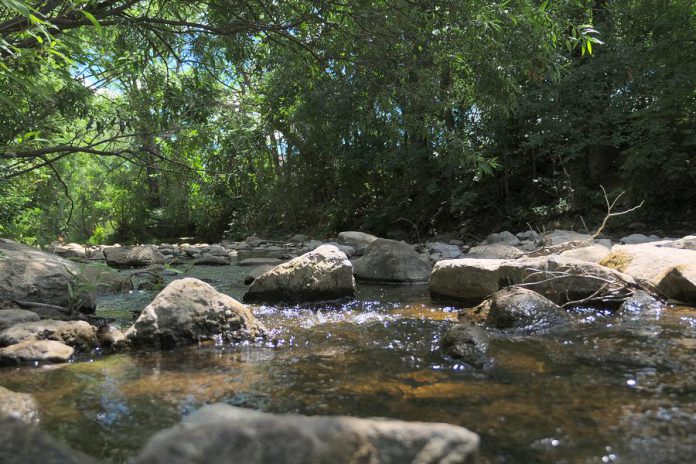
In other words, water from the Otonabee River originates in these lakes. It then flows down into Katchewanooka in Lakefield and south into Peterborough, where the water treatment [lant is permitted to remove up to 104 million litres per day from the river for treatment.
“Due to educational programs such as the Children’s Water Festival, lawn watering restrictions, and public awareness, the water removed from the Otonabee watershed has been significantly reduced over the past two decades,” Armour notes.
Approximately 26.7 million litres of water were processed per day at the water treatment plant in 2019, for an annual total of 9.7 billion litres of water consumed. This was a five per cent decrease from 2018, when the water treatment plant processed 10.2 billion litres of water.
For comparison, an Olympic-size swimming pool contains 2.5 million litres of water, so 9.7 billion litres of water in 2019 amounts to nearly 4,000 Olympic-size swimming pools’ worth of water. This means that the average City of Peterborough resident consumes nearly 118,000 litres of water per year, or 322 litres per day.
We can help limit this usage by allowing our lawns to go dormant by not watering them, using a rain barrel to capture precious rainwater, and only watering vegetation in the early morning or late evening to reduce evaporation.
Doing these things is important to help limit the stress on the treatment plant’s filtration process during dry spells. When the Otonabee River water enters the water treatment plant, there is a screen to prevent fish or other large items from entering the facility. Afterwards, Armour explains, “solids in the water are settled out using coagulation, flocculation, and sedimentation.”
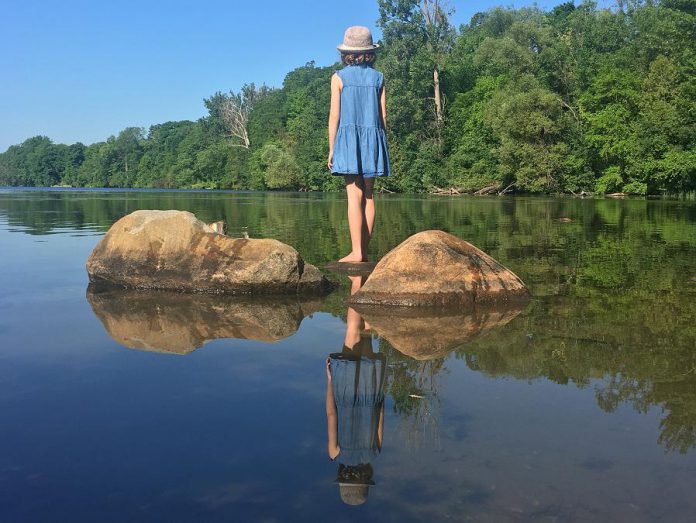
Coagulation is the process of adding a chemical (alum) to clump particles (for example, clay particles) together. Flocculation is the process of removing these clumped particles. Sedimentation allows other debris, like pebbles, to settle out of the water.
Combined, these three processes remove the solids that are dispersed throughout the raw river water.
“These solids are removed from the water as the first part of the process of removing pathogens, including the Cryptosporidium parasite,” says Armour. Cryptosporidium in humans causes diarrhea and is highly contagious. Removing it as part of the drinking water treatment process is important to human health.
The next stage of treatment involves filtering the water through carbon and sand to remove algae, dirt, and small animals like snails or beetles.
The water is then disinfected to remove any remaining parasites in the water. One parasite that is removed from the water is the bacterium Escherichia coli, commonly referred to as E. coli. E. coli lives naturally in the intestines of animals, including humans, but when ingested it can cause us to become sick. Removing E. coli as part of the water treatment process helps to ensure that our drinking water is safe to consume.
“The final stage of treatment has fluoride added as mandated by the medical officer of health,” explains Armour.
Fluoride in our water helps to protect our teeth from cavities, which is why it is required according to public health directives. One third of the fluoride in our drinking water comes naturally from the Otonabee River, according to Peterborough Public Health.

To ensure the continued safety of our drinking water, the water treatment plant tests our water 20,000 times per year — this amounts to once every 30 minutes.
“Our drinking water is tested as mandated by Ontario Regulations 169/03 under the 2002 Safe Drinking Water Act,” says Armour. “Our water is tested on a daily, weekly, monthly, and annual basis depending on the water quality parameter. We have monitoring systems that are continually operating and providing data to our knowledgeable treatment operators who are onsite 24 hours a day, 365 days a year.”
With all of this in mind, I have a new appreciation for the Otonabee River as the source of our drinking water, and for all of the staff who work hard to treat and test our drinking water to ensure its safety and reliability.
To John Armour and his colleagues, I raise a glass of icy cold, clear, tap water!
We hope you have enjoyed our three-part series on water conservation in times of drought. Share all of your water saving actions with us on social media @ptbogreenup. If you are letting your lawn go dormant, have a front yard rain barrel, and/or are using drought-tolerant plants, you are eligible to have your garden recognized through the GreenUP Water Wise program. Check out greenup.on.ca/waterwise for more information.




















